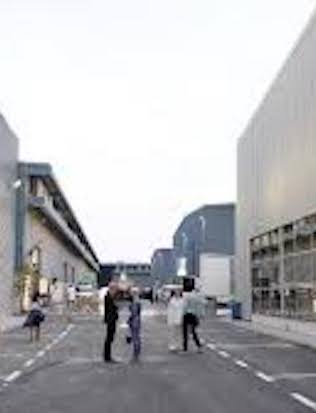Nothing can quite prepare you for the experience of approaching Dubai by air. After mile on mile of blank desert, suddenly there it is below you: New York in the Arabian sands; a giant cluster of skyscrapers grouped around the zigzag spire of Burj Kalifa, the tallest human construction in the world, a building that looks like a hypodermic needle painted by Picasso in his Cubist phase, shimmering in the heat. Within the city itself, it is the newness of everything that tends to strike the first-time visitor. There are gleaming new precincts of hotels, one of which has been arranged, in a spirit of positively Las Vegan fantasy, around a serpentine configuration of pseudo-Venetian canals. There are gleaming new shopping malls, of dauntingly vast extent, where more or less anything can be purchased, from Rolexes to pyramids of plump Mejdool dates. There are new roads, new office buildings, cranes and construction sites everywhere.
But while Dubai is a vibrant city, it is not widely regarded as a great cultural destination. True, it has its own art fair, Art Dubai, to which many of the major international commercial galleries bring their wares, selling mostly western contemporary art to a growing Middle Eastern clientele; and the auction houses have a growing presence in the city, with Christie’s holding regular sales of twentieth-century and contemporary Middle Eastern art, in which there is growing interest among collectors, curators and art historians. But the fact remains that Dubai is not really thought of as a place where home-grown talent has been fostered, or can thrive. Many in the outside world still think of it as a city that has done precious little to nurture the living creative spirit: a place famous, in short, for having a great deal of money but not much...


